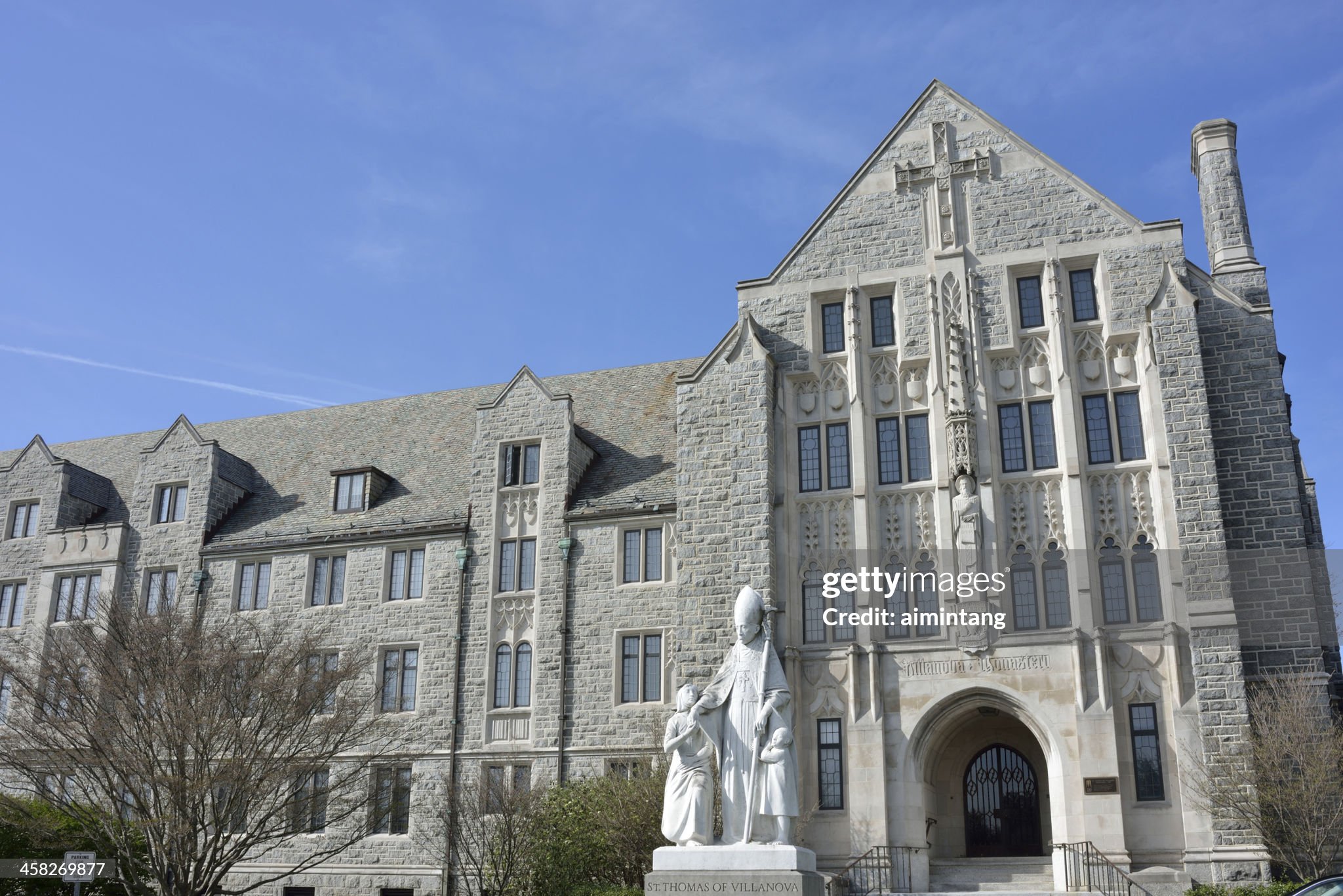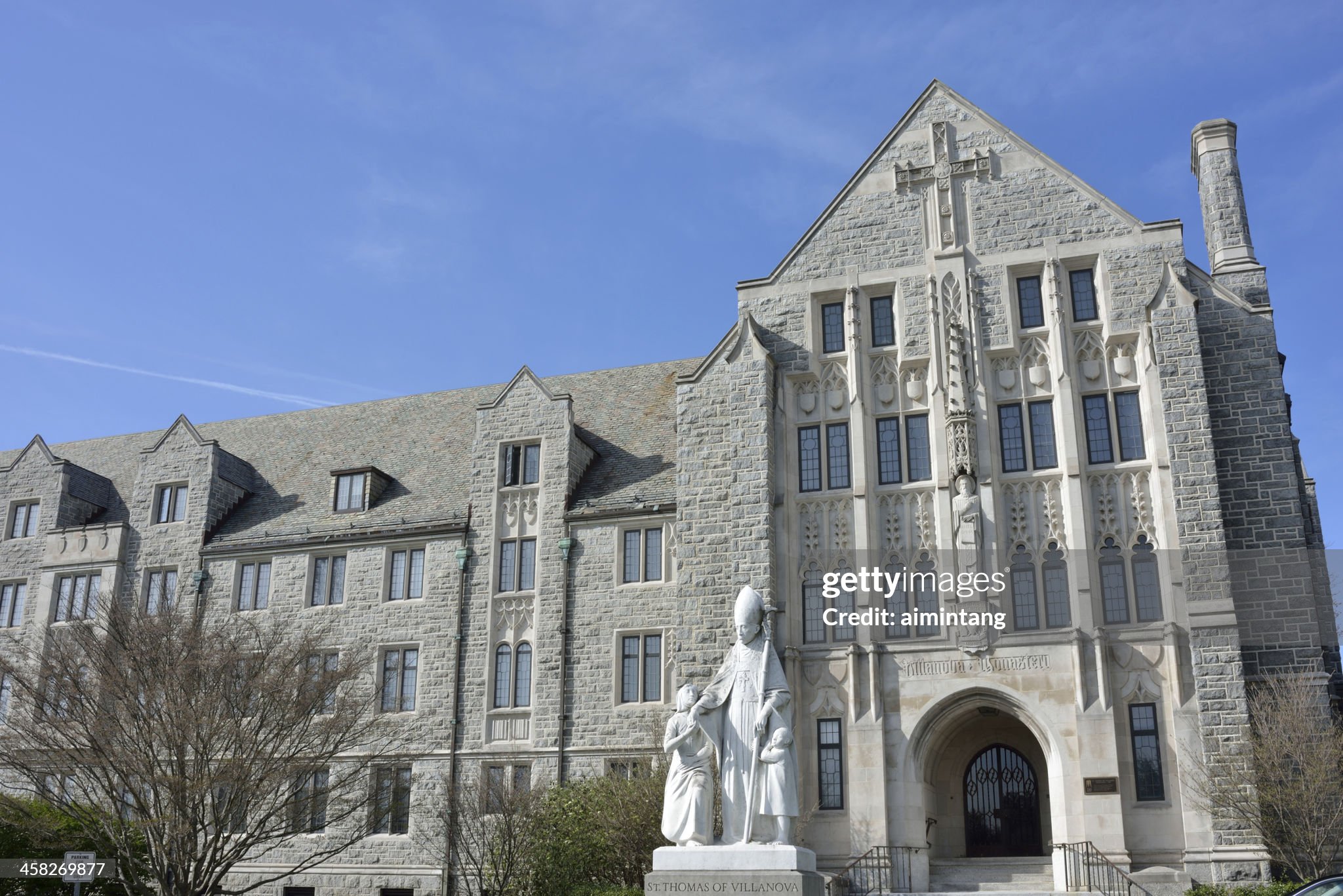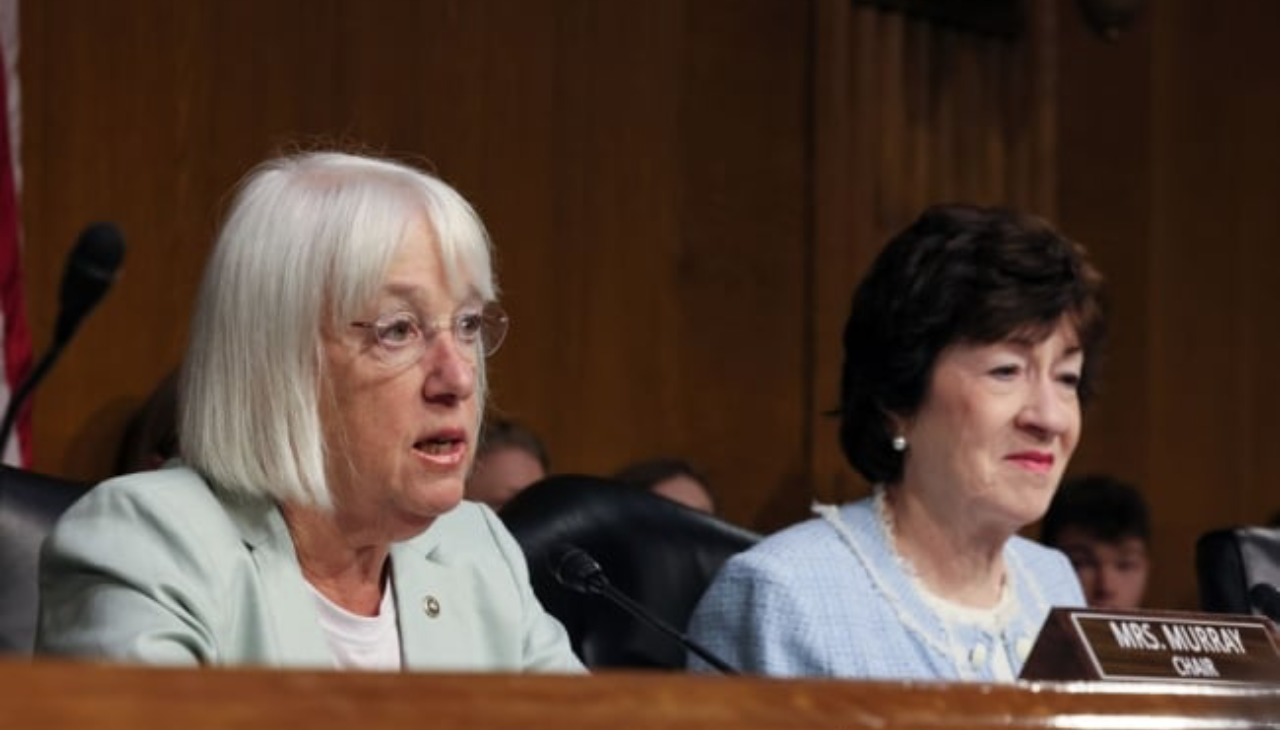
The historic walkout by Chicano students in Crystal City is brought to theater
David Lozano is the director of Crystal City's 1969 play, a true story of the walkout in 1969 to protest the unequal treatment of Chicano students in schools.
Texas has a long history of unacknowledged struggle for equity, allowing further racist violence to be committed against Mexican Americans and Mexican descents. One of the most important cases of students' activism in the Southwest, and which almost nobody talks about, is the walkout in Crystal City, Texas.
In 1968, Chicano or Mexican American high school students represented 87% in Crystal City— nearly half represented children of migrant farm workers.
Local government and school officials were white, except for one or two Chicanos who aligned with their views.
“Spanish was prohibited from school because education was seen as the primary means of assimilating immigrants into American society, which, in part, meant speaking English,” as reported by the Global Nonviolent Action Database (GNAD).
With 75% of teachers being white, Mexican students were suspended or beaten with a paddle for speaking Spanish. Mexican food was also banned from the school cafeteria.
Since the majority of school board members were white, the curriculum did not provide Mexican-American experiences or Mexican history, culture, and literature. Often being called “animals” and “stupid idiots.” Chicanos were told they would not make it to college and they would have to join the military.
The totalitarian regime imposed in schools did not allow Chicanos to be represented in student groups. At one point, the student body was responsible for the cheerleading squad selection, but that was soon changed—the school board was responsible for the selection process after the student body became majority Chicano.
Only one of the four positions could be held by a Mexican-American female and all candidates and those elected needed to have at least one parent graduate from a local high school. As immigrants, the majority of parents did not attend a local high school in the U.S. making it difficult for Chicanas to be cheerleaders.
Students drew a list of grievances led by Severita Lara to present to the superintendent, John Billings. The Mexican American Youth Organization (MAYO), founded in 1967 to empower Chicanos in Texas for social change, sent José Angel Gutiérrez, who graduated from Crystal City High, to support the growing campaign for change.
List of demands:
- Educational program treat their lives as Mexican-Americans fairly and respectfully
- Include bilingual and bicultural education
- Student elections for their popularity awards, student leaders, and cheerleaders
Gutiérrez advised the students to wait for a walk-out in the fall since the end of the school year was approaching and would not pressure board members to listen or impart change.
However, the superintendent agreed to make three positions for white students and three positions for Mexican-American students on the cheerleading squad. Parents of white students protested this decision, and the school board overturned the decision in June 1969, as reported by GNAD.
This did not deter Severita’s effort to create a list of grievances in the spring, but the principal, John B. Lair, referred her to the superintendent, who stated he couldn’t assist.
List of new grievances:
- More Mexican-American teachers and counselors
- More challenging courses
- Bilingual and bicultural education
- Mexican-American studies classes
- Fair treatment
- Equal opportunity
- Protection of free speech
- Chicano representation on the school board.
Over 100 Mexican-American students and their parents took their concerns to the school board on December 8, 1969, who did not hear the students, resulting in a walkout.
On December 9, 1969, around 500 students walked out and began a student boycott. Over a week, that number rose to 2,000 members of the Chicano community.
According to GNAD, “Texas Senator Ralph Yarborough invited student leaders Severita, Diana, and Mario to Washington D.C., to discuss discrimination in their school. While they were there from 17 – 19 December, they met with Senators Edward Kennedy and George McGovern, who informed the Civil Rights Division of the Department of Justice and the Department of Health, Education, and Welfare (HEW) of the seriousness of the situation in Texas. Gilbert Pompa, Deputy Director of the Community Relations Service at the Department of Justice, promised to send investigators to Crystal City.”
On December 19, Texans for the Educational Advancement of Mexican-Americans (TEAM) sent teachers to hold classes for students on strike in a community dance hall. HEW arrived the following day to interview students, members of the community, school officials, and board members.
The investigation team from Washington D.C. urged the school board member to negotiate. The students had additional demands, “no reprisals against students participating in the walkout, that an advisory board of Mexican Americans, chosen by Chicano citizens, be established by the school board to advise them on needs and problems of Mexican Americans,” as reported by GNAD.
RELATED CONTENT
The school board granted amnesty to all boycotters, cultural holidays, peer elections for student positions and awards, bilingual education, more Mexican American teachers and counselors, and curriculum focused on Chicano history and contributions.

Crystal City 1969 play
Cara Mía Theatre is the largest Latinx theater in Texas, and has become a local and national cultural resource, as mentioned on its website.
Crystal City 1969 is more than just a play for Cara Mía Theatre. In 2008, the theater was about to close its doors when Raul Treviño told his friend David Lozano about co-writing a play about his uncle, Mario Treviño, and others who had participated in the walkout of Crystal City in 1969 to protest unequal treatment of Chicano students.

Bottom row: Co-Writer David Lozano, Diana Serna Aguilera, Co-Writer Raul Treviño. Photo credit: Ben Torres

Al Día News interviewed David Lozano, co-writer and producer of Crystal City 1969.
“Some things that we do are not necessarily plays. And that’s in the tradition of Chicano theater and Latin American theater and European theater because we think of theater in the United States as what you see in a theater building, which is a play scripted by a Broadway playwright or an Ivy League playwright,” Lozano explained. “But historically, theater is something that was born out of processions, community gatherings, storytelling, street theater, and in Latin America, out of the need to express political ideas in eras of oppression. Chicano Theater was born out of the need to support Cesar Chavez's farm workers, strikes for human rights and wages and health.”
Crystal City 1969 took six months to write after a thorough process of research. The company was able to raise some money to produce the play with the support of the people who were involved in the walkout. As a result, the production became the highest and biggest success of Cara Mía’s history. Also, providing a bit of capital to keep production rolling.

The whole play is based on a true story. Quoting a line from character Jose Angel, “Some Mexicanos will be psychologically castrated and others will resist to eliminate the gringo.”
“That means that we're not even standing up for our culture, that we're not standing up and organizing enough for our own culture. That we are demanding that our schools teach our history,” Lozano explained. “And so our young people that make up the majority of our schools are going to school learning lessons about other people's cultures, which they should, but they shouldn't do it at the expense of not learning about our own.”
Therefore, Lozano exhorts Latinos to actually take action within their own educational district to be able to have their stories being taught in schools.

The play will be presented at Cara Mía Theater until Dec. 18. Click here for more information.











LEAVE A COMMENT:
Join the discussion! Leave a comment.